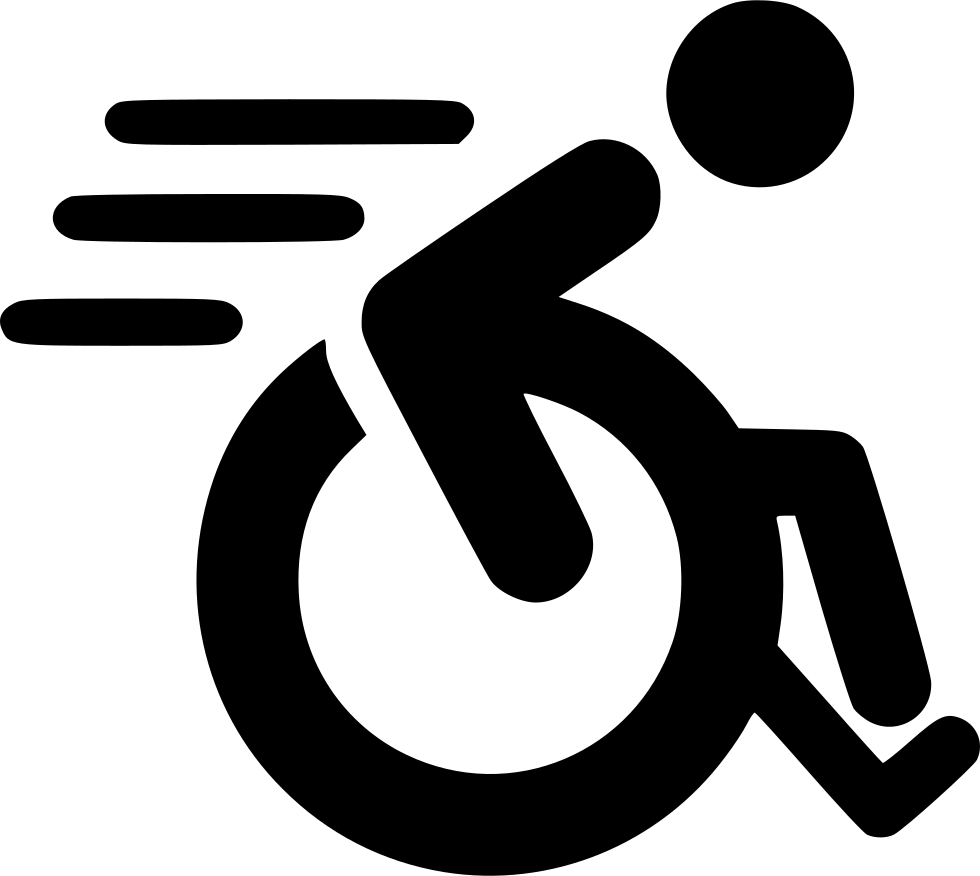Library
-
Once a pet has lost some weight, the new goal is to make sure that excess weight stays off. Pet parents who partner with their veterinary health care team for support and who focus on changing their behaviors often have the most success. Examples of some changes include using a different food or a different feeding method, focusing more on portion control, and incorporating some movement or activity time into each day. This article addresses several commonly asked questions about how to help a pet during the maintenance phase (after the weight has been lost).
-
Glamorous and sweet, gentle and spirited, the Maltese has a long history as a treasured lap dog, sleeve dog, and close personal companion, especially to ladies at court. It is not hard to see why - the Maltese has the look of a tiny white angel and the manners to match.
-
Sleek and handsome in black-and-tan with his whip-like tail and his prick ears, the Manchester Terrier is one of the original terriers, and carries himself with all the majesty and confidence befitting an aristocrat. Even so, the Manchester is not above a good hard chase after a critter, and most will curl warmly into the laps of their favorite people so you can admire them up close, of course.
-
Mastiffs are mellow and many are happy just watching family ballgames from the sidelines, cheering their kids on with a wag or a woof. Some, however, might happily join in to steal the ball or play a short game.
-
Microchips contain a unique identification number, and they are inserted with a needle under the skin between a pet's shoulder blades. The number is registered to your name, so if your dog gets lost, the number connects your dog to you. Microchips provide reliable, permanent identification for your pet.
-
Just as courageous, fiery, hard-headed and hilarious as his larger brother, the Miniature Bull Terrier combines all the pow of the Bull Terrier in a more compact and portable package. Even so, this is no lap dog. He would rather sit beside you or better yet, forge ahead towards the next great adventure. Of course, he wants you to come along, too.
-
With Napoleonic tendencies and terrier-like spirit, Miniature Pinschers are cunning, playful, and depending on their breeding, utterly fearless. Adventurous types, buckle your seatbelts!
-
The jaunty beard, bushy eyebrows, and lively personality of the Miniature Schnauzer make it a fun and comical companion. They would rather get up and go than lie down and sleep, but the top priority of the Miniature Schnauzer is to be with the people he lives to please.
-
Motion sickness in dogs is a common problem. It is more common in younger dogs than in adults. Many adult dogs become anxious or nauseous during travel due to a lack of conditioning and the overwhelming, unusual stimuli associated with moving inside a vehicle. Signs your dog may be experiencing motion sickness may include whining, drooling and smacking lips, pacing, vomiting or diarrhea, and lethargy or inactivity. The best way to ease your dog’s travel anxiety is by taking several short trips before embarking on a long haul. If your dog seems to need more help to stay calm during travel, speak to your veterinarian about anti-nausea medication, anti-anxiety medications, as well as natural calming agents such as pheromones.
-
Most dogs seem to take moving in stride, if they are with are with their familiar social group. Try to anticipate changes in the dog’s routine and introduce the changes prior to the move. Familiarize your dog with any novel noises that might be associated with the new home. If there will be new pets or people in the new home, arrange introductions ahead of time in a neutral location. When you arrive at your new home, give your dog plenty of time to adjust before trying to leave him alone.

